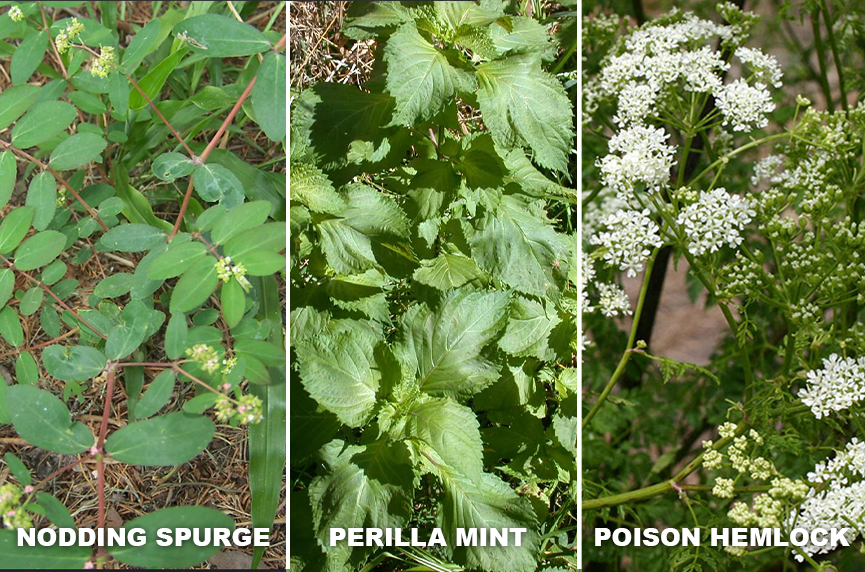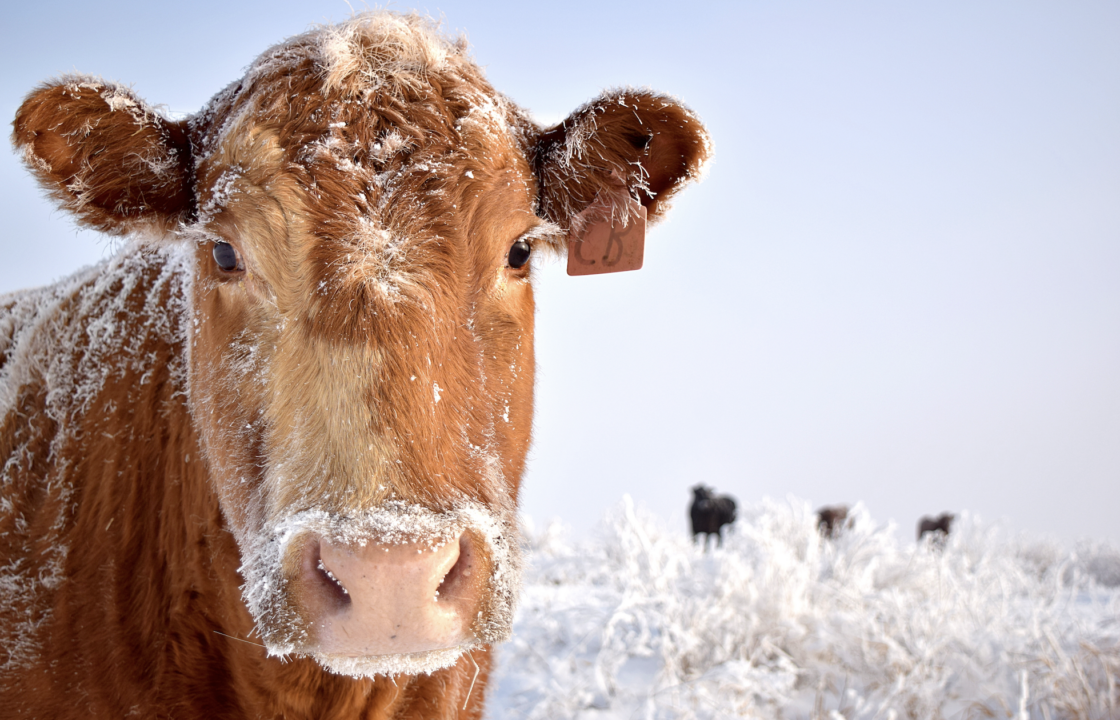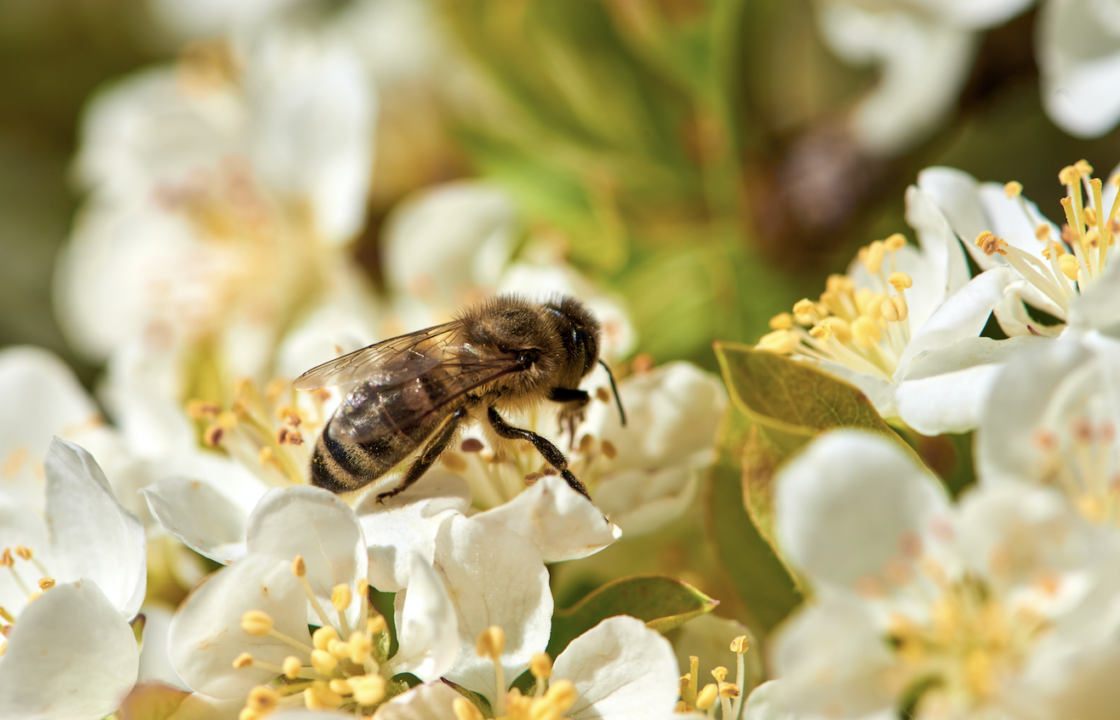
As pastures start to flourish in late spring, so can pesky weeds. If left to nature’s course, weeds can eventually take over your green pastures, leaving your herd to rummage for enough quality forage to stay fed. But with proper pasture management, you can control weeds in pastures and keep these nuisances at bay.
Weed Control Management Strategies
Avoid Overgrazing.
Overgrazing is one of the biggest reasons weeds overtake a pasture. When a pasture is regrazed before plants have had adequate recovery and growth from prior grazing, bare spots often appear and weed species soon infiltrate the area. Weeds are adept at taking advantage of weakened plants or those with shorter root systems.
Mow Before Seed Heads Establish.
Mowing is an effective and efficient way to control weeds. Weeds have a tendency to outgrow the plants they are competing against, but mowing keeps everything at the same length. When plants are the same height, it makes it difficult for the weed to hinder the plants growth. Mowing is also a way to keep weeds from reproducing, especially if you mow before they reach maturity and spread more seeds.
Ideal height for cool season grasses to ward off weeds is around four inches, and around eight inches for warm season grass. Mowing three or four times each growing season can have a big impact on controlling weeds, and possibly eradicate some weed species. While you are mowing, take time to mow along any borders or fence lines to limit the possible introduction of new weeds.
Spot spray.
Fall is the best time for all-over herbicide treatment. However, you can still spot spray during the growing season to keep weeds from gaining traction. Make it a monthly or bi-monthy date on your calendar to cruise your pastures for unwanted growth.
Be vigilant.
Besides ensuring your herd is getting the best grasses and forages, another reason to stay on guard for weeds is that some can be toxic and deadly if ingested by cattle. In Missouri, a few weeds to be on the watch for are nodding spurge, perilla mint and poison hemlock.
Weeds to Watch For
Nodding spurge prefers sandy soil and has rounded oblong leaves with a teeth-like edge. They have small white to pink flowers that grow in clusters. What sets this weed apart is its small round red fruit. This weed is poisonous both fresh or dried, so it’s also something you do not want to bale into your hay.
Perilla mint tends to grow in moist areas along streams or in wooded areas. Perilla mint’s green leaves are tinged in purple, or can be fully purple.. It will also have small white to purplish flowers along its branches. All parts of this weed are poisonous. In livestock, perilla mint can cause respiratory distress.
Poison hemlock’s name speaks for itself. This weed attacks the nervous system of its victims. Poison hemlock is often found along fence rows, around road sides and in no-till crops. In its first year, poison hemlock has leaves that look like wild carrots. In years to follow, the plant becomes tall and erect, with a purple stem and small white clusters of flowers. Poison hemlock also has an unpleasant odor.
Implementing management strategies to control weeds in pastures will help protect your cattle and land for years to come. For more information on best weed control practices, be sure to visit your local university extension office or ag co-op retailer. Check out our other posts about forages for more pasture management tips.


